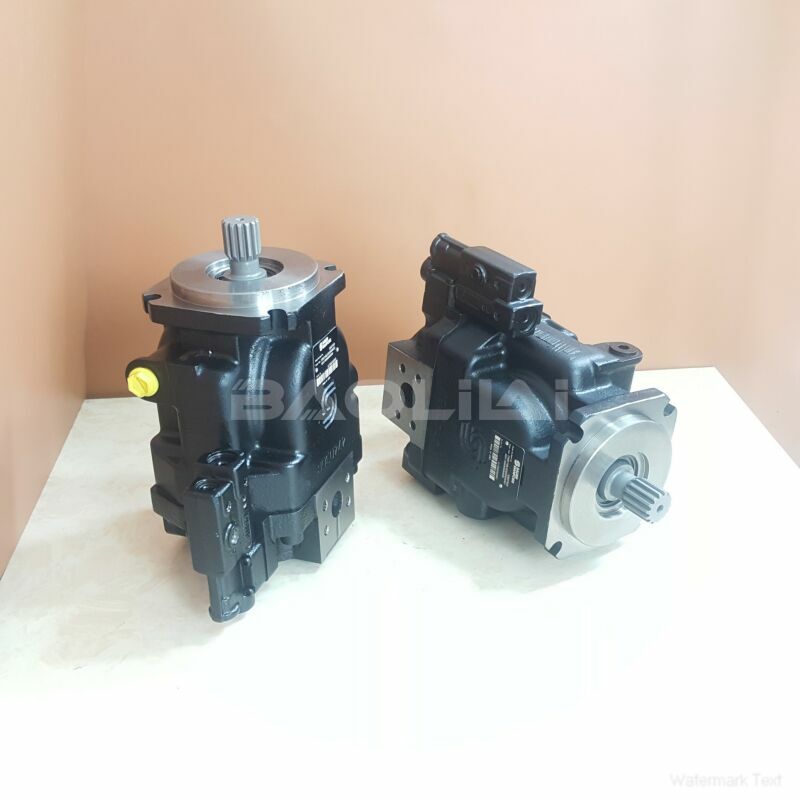FRL090CRP2120NNN3S1B2A1NNNNNNNNNN high pressure pump
FRL090CRP2120NNN3S1B2A1NNNNNNNNNN high pressure pump

- Product Details
- Applicable Scene
Pressure regulation plays a crucial role in the efficiency and functionality of high-pressure hydraulic systems, particularly those developed by Danfoss. These systems are widely used across various industries, including manufacturing, agriculture, and construction, where precision, reliability, and safety are paramount. Understanding the significance of pressure regulation helps organizations optimize performance, minimize risks, and extend the lifespan of their hydraulic equipment.
FR-L-090C-RP-21-20-NN-N-3-S1B2-A1N-NNN-NNN-NNN
FRL090CRP2120NNN3S1B2A1NNNNNNNNNN
At its core, pressure regulation manages the fluid pressure within the hydraulic system to ensure it remains within the designed operating parameters. High-pressure systems, such as those utilizing Danfoss components, are engineered to handle significant pressure levels, often exceeding 350 bar. This necessitates the implementation of effective pressure regulation mechanisms to avoid damage to system components and ensure operational safety.

83016448
One primary benefit of pressure regulation is the protection it offers to hydraulic components from potential damage caused by excessive pressure. Without proper regulation, over-pressurization could lead to catastrophic failures, including hose bursts, seal ruptures, or even damage to pumps and valves. By maintaining optimal pressure levels, operators can safeguard their investments in equipment and avoid costly repairs or replacements.
Moreover, effective pressure regulation enhances the performance of hydraulic systems. High-pressure systems are designed to maximize power transfer and efficiency. When pressure is not regulated, the system may experience fluctuations, leading to inconsistent performance and reduced productivity. By utilizing pressure regulating valves and systems, operators can achieve smoother operation, better control, and improved responsiveness, ultimately leading to increased efficiency and output.
In the context of energy consumption, pressure regulation is also essential. Hydraulic systems can consume significant amounts of energy, particularly under high-pressure conditions. By ensuring that pressure is appropriately managed, organizations can reduce energy losses and improve overall energy efficiency. This not only leads to cost savings but also contributes to more sustainable operations, aligning with modern environmental standards and regulations.





